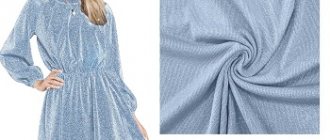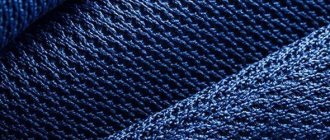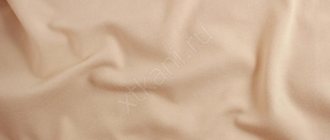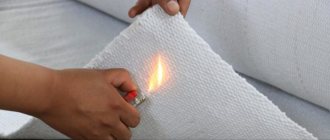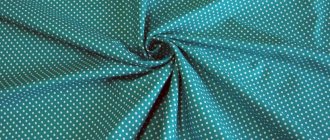Classification
Fabrics are made from fibers, which are divided into two main groups: natural (natural) and chemical. Natural fibers are of plant and animal origin. A special mineral fiber is asbestos; it is extracted from certain types of silicate ore.
Natural materials are classified according to the origin of the fibers from which they are woven.
Vegetable
The raw materials for the production of natural plant materials are various parts of plants. The production process varies slightly, but the general idea is that natural fiber is collected, processed until it is pliable, then spun.
Many industrial crops are grown around the world to produce natural fabrics. The most popular are cotton, jute, flax, and hemp. But there are lesser-known crops from which very durable plant fiber is also extracted - agave, sisal, abaca and others. They are used to produce fabrics for household and technical purposes - sails, covers, awnings. In Asia, pineapple and coconut fibers are still collected, and mats, sacks, and bags are woven on home looms.
Yucca threads are added to cotton to produce jeans from expensive American brands. They increase the service life of denim several times, allowing it to age gracefully rather than wear out.
Fabrics derived from plants have a long, rich history. Many of them are forgotten, like the kutra bark material. Thin and durable, easily dyed with natural dyes, they were part of the culture of North American peoples before the white man came to the continent.
Ramie (white nettle) is on the decline of its popularity and is primarily used as an additive to cotton. It’s not like during the Renaissance, when high society went crazy over the delicate ramie, flowing like silk, brought by travelers from India, not wrinkled, durable, not subject to rotting. Most likely, those same scarlet sails were not made of silk, but of ramie, which in appearance is not much different from it, but is much easier to dye and costs less.
Woven materials are also produced from plant raw materials, more precisely from the cellulose of some plants (pine, bamboo, eucalyptus), for example, viscose or lyocell. However, they are not natural, since they are not obtained from plant fibers, but through the action of chemicals on organic mass under specific conditions.
Animals
Animal natural fabrics are divided into two groups: wool and silk. They are united by the manufacturing process: fibers obtained from animals or insects are cleaned, spun, and only then they begin to weave.
Animal wool is used to produce fabrics:
- sheep and goats;
- camels, alpacas, llamas;
- yakov;
- rabbits.
At home, they even spin dog hair, from which they then create cozy home knitwear, from socks to blankets and shawls, by hand or on knitting machines.
Scientists have not come to a consensus which tissues - plant or animal origin - appeared first in human life. Roman togas, like Greek tunics, were first made of wool. Much later, with the development of trade, they began to be made from flax. Cotton was considered a luxury item in both Greece and Rome in ancient times.
The majority of all wool materials in the world are made from the wool of sheep that are specially bred for this purpose. According to market experts, the number of sheep in the world has long crossed the one and a half billion mark, which, first of all, indicates the demand for natural wool fabrics.
Author:
Zakharova Nina Afanasyevna
I hope you like my article! If you find any shortcomings, just write to me about it! I am always ready for a conversation and will answer any questions you have, ask them!



